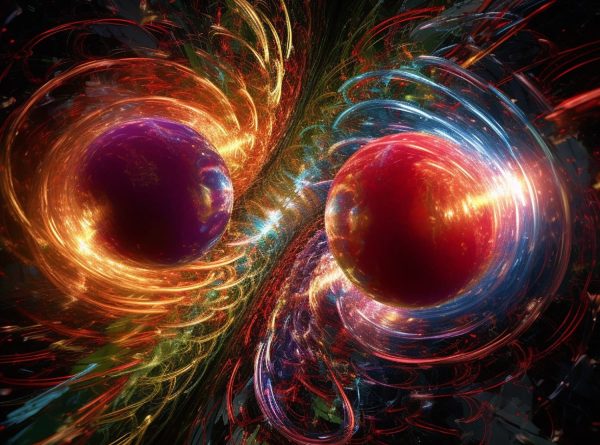
In the vast quantum concert of the Grand Container (GC), not every note gets to play.
Not every vibration becomes reality.
This is not randomness.
This is selection—a hidden score written by the interplay between resonance, phase, and alignment within the Quantum Space (QS).
From the outside, the universe appears full of galaxies, particles, and fields.
But statistically, what we call “reality” is an anomaly.
The GC proposes that matter only exists where vibrational conditions are just right—
where frequencies synchronize across dimensions, and a Quantum Interval (QI) opens the gate between existence and silence.
It is not composed of symbols or formulas.
It is composed of:
Waves that do not meet the score’s requirements vanish as quickly as they arise.
Others, when synchronized precisely, form stable resonant clusters: particles, atoms, molecules, life.
Think of an electron not as a tiny sphere, but as a frozen vibration, caught in a state of stability within the score.
Think of neutrinos as ghost notes, barely resonant, almost falling into silence.
Think of virtual particles as failed attempts—notes that almost played but never found their measure.
As humans, we may not yet hear the full harmony. But we’re beginning to feel its logic.
We’ve seen how resonant states control chemical bonds.
How crystal lattices resonate across scales.
How biological systems synchronize with rhythmic patterns.
All of these are echoes of the same score.
The universe doesn’t just allow resonance—it depends on it.
Because it suggests that what exists is not “chosen by chance,”
but by compatibility with a deeper vibrational law.
A law not imposed—but composed.
Only the notes that fit the hidden score are allowed to play.
The rest?
They remain in the silence between beats.
🔗 For more on vibration, matter, and quantum permission, explore the GC model at mamaths.org/gc-theory